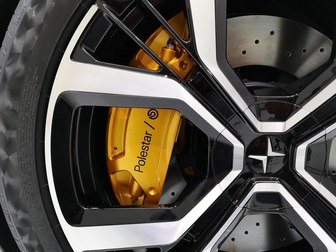Research links back pain to gadgets as Britons admit to hours hunched over small screens
Almost a quarter of British people complain of back, neck or shoulder pain whilst using or carrying gadgets, and almost a third typically carry two or more items of technology a day with them, research for the British Chiropractic Association reveals today.
- 24% of British people complain of back, neck or shoulder pain whilst using or carrying gadgets
- 29% typically carry two or more items of technology a day with them
- 27% of those questioned who say that they are currently suffering from back or neck pain also admit to using laptops for over two hours, and as much as four hours, on a typical day
- Similarly, 18% of those who use a tablet PC say that they use it for more than 2 hours and up to 4 hours on a typical day
- While over two-fifths (44%) of those who use a smartphone spend between 30 to 120 minutes per day using smartphones for non call related tasks such as texting, surfing, apps and social networking
The BCA has commented that the need to keep in touch with friends and constantly update social networks whilst bent over a small screen could unwittingly contributing to the nation’s back and neck pain problems.
Tim Hutchful from the British Chiropractic Association comments: ‘There is no doubt that technology plays a significant role in our daily lives, however the knock on effect is that we now carry more gadgets around with us and spend more of our time peering into small screens. It is important that we recognise the potential impact on our bodies and learn to lessen the impact on pressure points with some simple steps. It is particularly important now more than ever with 36% of the nation currently suffering from back or neck pain, up from 32% in 2010.’
And Will Findlater, Editor of Stuff Magazine, agrees that gadgets can be used in a way that limits potential neck or back pain. ‘Gadgets are an essential part of 21st century life, having transformed the way we work, communicate, stay informed and entertain ourselves; with every generation they provide brilliant new methods of interaction,’ he says.
But Findlater advises: ‘Whether it’s through type, gesture, movement or voice, there are all kinds of ways to use a modern gadget, and making the most of these is the key to years of painless use. It’s important that you get to know how to use your gadgets in the way that works best for you.’
The BCA advises a number of precautions to take when using technology to avoid back and neck pain, including sitting in chairs that support the spine, getting up from your position or desk regularly, adjusting your computer screen so it’s level with your eyes and using a bag that distributes the weight of your laptop, if you regularly carry it around.
The BCA has also devised a simple three minute exercise routine called Straighten Up UK. This can be incorporated into our daily lives to help strengthen the spine and improve posture. The exercise routine and other practical advice to help avoid back problems and improve posture is available at www.chiropractic-uk.co.uk









